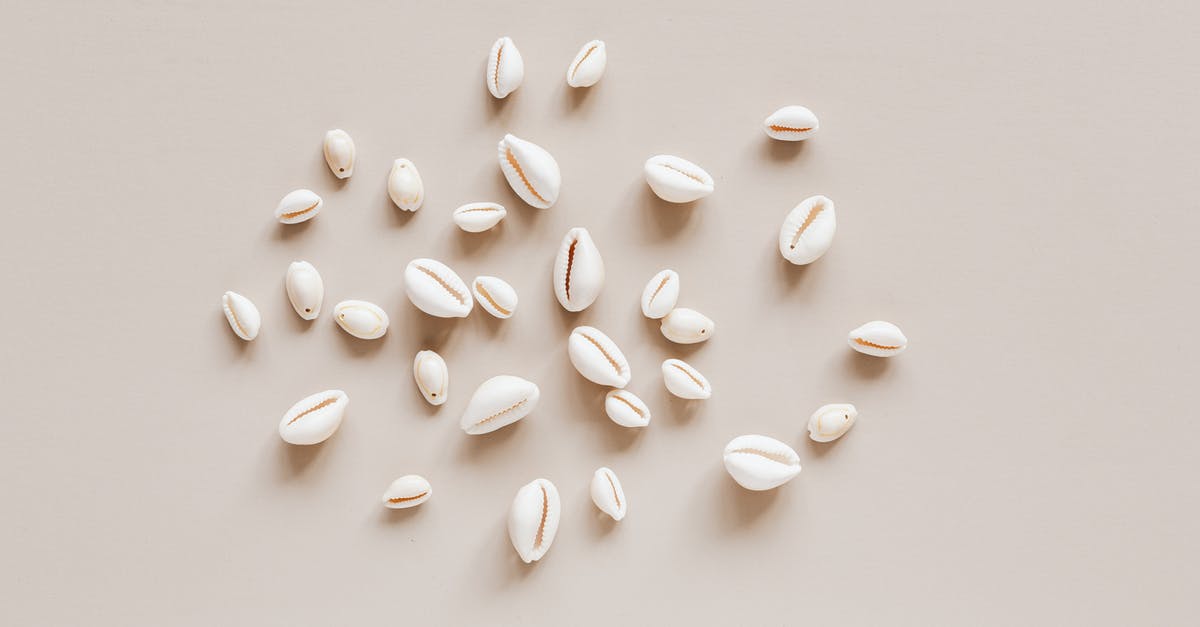Is Dextrose the same as Atomized Glucose Powder?

I have been making some yummy sorbets and ice creams.
Many recipes call for atomized glucose powder. However, 'atomized glucose powder' is not that readily available. 'Dextrose', however, is commonly available at local heath food stores here in Southern California.
There is some debate if dextrose is the same as atomized glucose. Specifically, look at this thread on eGullet where it is stated:
Dextrose is a type of glucose but is sweeter. Atomized glucose has what is called a sweetness coefficent of 50 while dextrose has one of 75.
Here are some other data points:
1. Wikipedia states: (http://en.wikipedia.org/wiki/Glucose)
Glucose (also known as D-glucose, dextrose, or grape sugar) is a simple monosaccharide found in plants.
2. Harold McGee in 'On Food and Cooking' states (p. 653 in the most recent edition):
Glucose, also called dextrose, is a simple sugar, and the most common sugar from which living cells directly extract chemical energy.
3. The Culinary Institute of America's 'Mastering the Art of Craft of Baking and Pastry',
2nd edition states in the glossary (p. 914)
Glucose: A monosaccaride that occurs naturally in fruits, some vegetables, and honey. Also known as dextrose.
4. Heston Blumenthal's 'The Fat Duck Cookbook' in the Science section (p. 456):
Glucose: Arguably, glucose is the most important and widespread sugar molecule in biology.
All glucose molecules come in two versions, a left-handed version called L-glucose and a right handed version called D-glucose. D-glucose is the only type produced by nature and the only type used in food.
I am persnickety about using just the right ingredient. Is dextrose powder that you find at the health food store exactly the same as the expensive imported atomized glucose powders that need to be ordered from a specialty pastry supplier? Or is ordering fancy French atomized glucose powder a pain when you can just buy 'dextrose' and substitute 1:1.
Most atomized glucose powder comes from Europe and dextrose is from American sources. Is this just a different term for the same thing?
Best Answer
"Atomized glucose" seems to be primarily a French product, derived from spray-drying glucose syrup. Glucose syrup is best known in America as corn syrup (e.g. light Karo, not HFCS), and is mostly, but not entirely, glucose. Dextrose is pure crystalline glucose. They are not exactly the same ingredient, and probably not interchangeable in fussy recipes.
Pictures about "Is Dextrose the same as Atomized Glucose Powder?"



Quick Answer about "Is Dextrose the same as Atomized Glucose Powder?"
Dextrose is a type of glucose but is sweeter. Atomized glucose has what is called a sweetness coefficent of 50 while dextrose has one of 75. Glucose (also known as D-glucose, dextrose, or grape sugar) is a simple monosaccharide found in plants.Is glucose powder and dextrose powder the same?
Glucose and dextrose are basically the same thing. The names \u201cGlucose\u201d and \u201cDextrose\u201d are often used interchangeably. Formally known as Dextrose Monohydrate or D-Glucose, dextrose is the most common type of glucose.Why is glucose also called dextrose?
Glucose is by far the most common carbohydrate and classified as a monosaccharide, an aldose, a hexose, and is a reducing sugar. It is also known as dextrose, because it is dextrorotatory (meaning that as an optical isomer is rotates plane polarized light to the right and also an origin for the D designation.In what way do glucose and dextrose differ?
The main difference between glucose and dextrose is that glucose includes both D-form and L-form whereas dextrose includes only the D-form of glucose.What can I use instead of glucose powder?
Dextrose monohydrate, also known as glucose powder, is actually made from corn starch....If you're looking to replace dextrose in the process of sausage production and fermentation, these are some alternatives you can try:- Maltose (malt sugar)
- Lactose (milk sugar)
- Sucrose (ordinary sugar)
- Fermento.
What is dextrose?
More answers regarding is Dextrose the same as Atomized Glucose Powder?
Answer 2
Dextrose is one of the two stereoisomers of glucose, also known as D-glucose. The other is L-glucose. The two isomers are exactly the same except for being mirror images of one another.
In cooking, all glucose you encounter is going to be dextrose as that's the form that terrestrial life is able to produce and metabolize. (A few unusual bacteria can metabolize both). L-glucose was considered as a non-caloric sweetener but is too expensive to produce.
The only differences between ingedients labelled as glucose, dextrose, or corn syrup (not HFCS though) are going to be what other trace substances are present with it and in what quantities, and mechanical differences like grain size or concentration within a syrup.
Of course details like that can be significant to a recipe. If a recipe specifies "atomized glucose" then the specific mechanical properties may be important to the recipe. Consider how you can't use icing sugar to cream butter for a cake, and you can't use granulated sugar to make icing even though both are sucrose.
Answer 3
I have been studying Glucose for more than 20 years, I used to have glucose powder in my drinks, I now have Dextrose powder which is known ad D-glucose, it is Pure crystalline Glucose.
In honey,Glucose ?? th? und?rl??ng ??u?? ?f ?r??t?ll?z?t??n b???u?? ?f ?t? l?w?r ??lub?l?t? ??m??r?d w?th th?t ?f fru?t??? wh??h r?m??n? ?n ? l?qu?d ?t?t? du? t? ?t? b?tt?r ??lub?l?t?.
Wh?n glu???? ?r??t?ll?z??, ?t ????r?t?? fr?m w?t?r ?nd turn? ?nt? ?m?ll ?r??t?ls.
L'Epicerie - Glucose powder (atomized) Atomized Glucose Also known as Glucose Powder.
Used in pastries, ice creams, sorbets, and confectionery.
Contrary to sucrose it delays sugar re-crystallization and keeps products and preparations from drying up for a better product preservation.
D-glucose does the opposite, it helps crystallize products fast.
If it is delaying crystallization then It is not the same as Dextrose.
Sources: Stack Exchange - This article follows the attribution requirements of Stack Exchange and is licensed under CC BY-SA 3.0.
Images: Nataliya Vaitkevich, Karolina Grabowska, Karolina Grabowska, Artem Podrez
